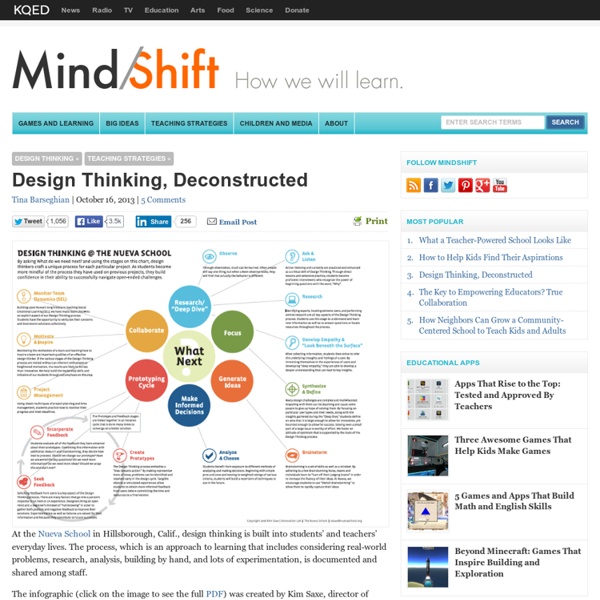



Curso Interactivo: Aprende a Aprender, Método y Técnicas de Estudio, (ILVEM-VERLAC) Si notas que cuando estudias no te concentras, tus hábitos de estudios no son los mejores, últimamente te sientes deprimido porque no estas dando todo lo mejor de tí pues es momentos que hagas un cambio en tus hábitos de estudio, para eso este excelente curso interactivo con videos, instalable en tu PC, que te guiará en el proceso de mejorar esos hábitos de estudio que habías perdido. La paradoja de la memoria reside en que requiere estabilidad para mantener el conocimiento previo y cambio para incorporar lo nuevo. Una buena memoria depende del equilibrio entre ambos factores para ingresar, registrar, retener y recuperar información. Nota: Si después de la instalación el programa al ejecutar les pide el disco, solamente montan la imagen en un disco o virtualmente.
Gimnasia para el cerebro: 7 ejercicios que despertarán tus neuronas En la primavera hay buen tiempo. Sale el sol, los pájaros cantan, las flores abundan y dicen que el amor toca la puerta a varios corazones. Sin embargo, esto no es así para todos, ya que existe una gran parte de la población que sufre un trastorno estacional llamado astenia primaveral y que produce en las personas cansancio físico e intelectual, falta de concentración y decaimiento. ¿Han escuchado que en la primavera ocurre un aumento de suicidios? ¿Maldita primavera? La astenia es un trastorno causado principalmente por el aumento de las temperaturas y mayores horas de luz en el día, en el cual el cuerpo no logra adaptarse al cambio estacional. Brain Gym El sociólogo estadounidense Paul Dennison, después de tener varias experiencias con sus pacientes que acudían a él por problemas de aprendizaje, expresión, concentración, entre otros, buscó la forma de comunicar las neuronas de las persona. 1. Tocar enérgicamente la rodilla izquierda con el codo derecho y viceversa. 2.
Behavior Plans/Classroom and Group Support/Teacher Tools/Positive Reinforcement | Special Connections Positive Reinforcement What is positive reinforcement? Positive reinforcement is anything that occurs after a behavior that increases the likelihood that the behavior will reoccur. Many teachers do not believe in positive reinforcement because they do not want to reward students for just doing what is expected. This attitude is unfortunate. Positive reinforcement naturally occurs in everyone’s daily lives from infants to the oldest adult. Why is it important to use positive reinforcement in the classroom? Techniques based on positive reinforcement are often perceived to threaten individuals’ freedom as autonomous human beings (Maag, 2001b). What characteristics does an effective group positive reinforcement include? Find what is reinforcing. The trick to effective positive reinforcement is finding what is truly reinforcing to students. Make the reinforcements inexpensive and easy. Many teachers feel budget constraints and pressure to meet all academic requirements. Type Definition Pros Cons